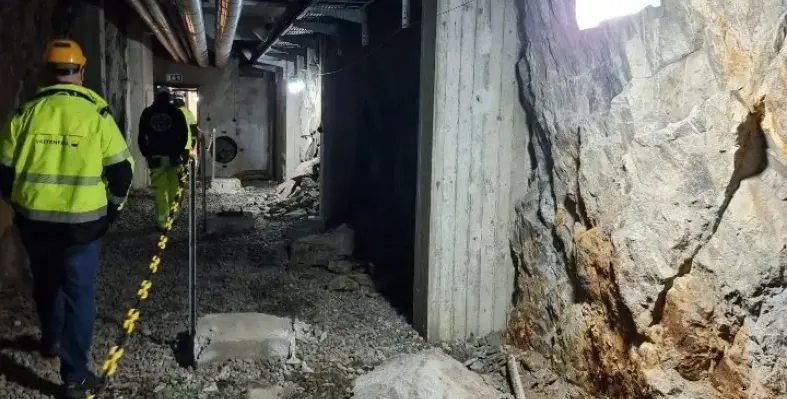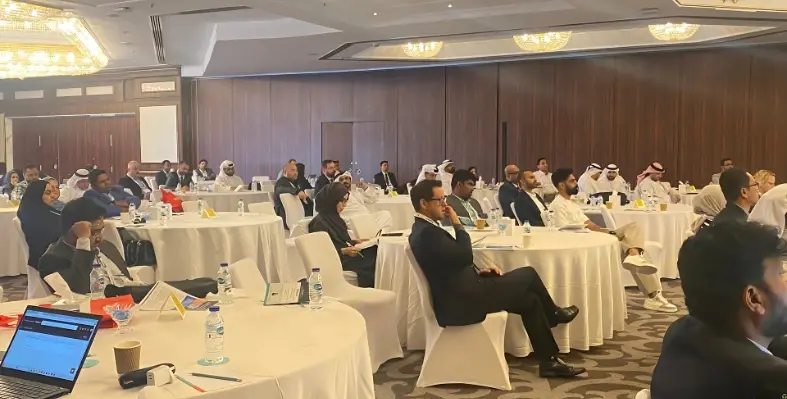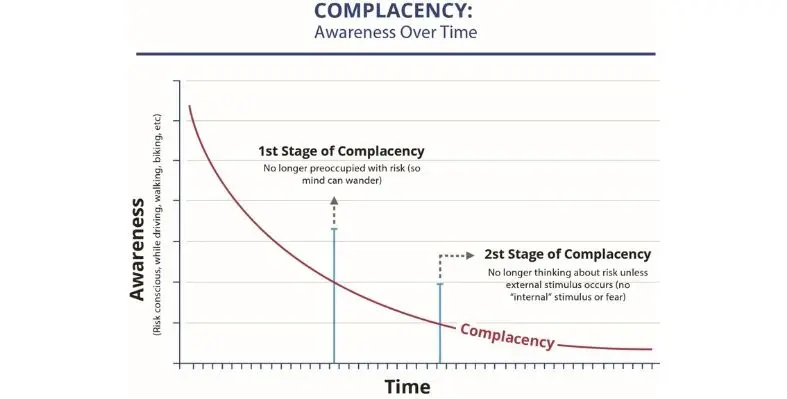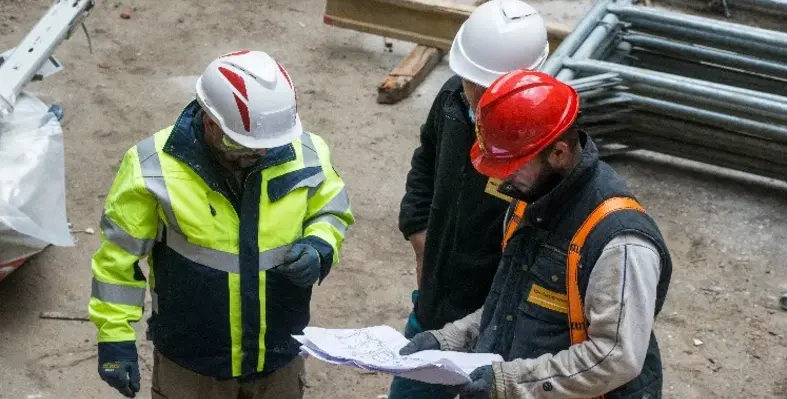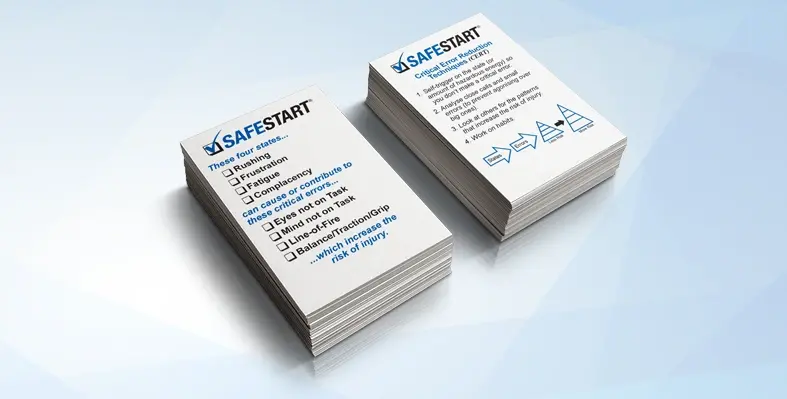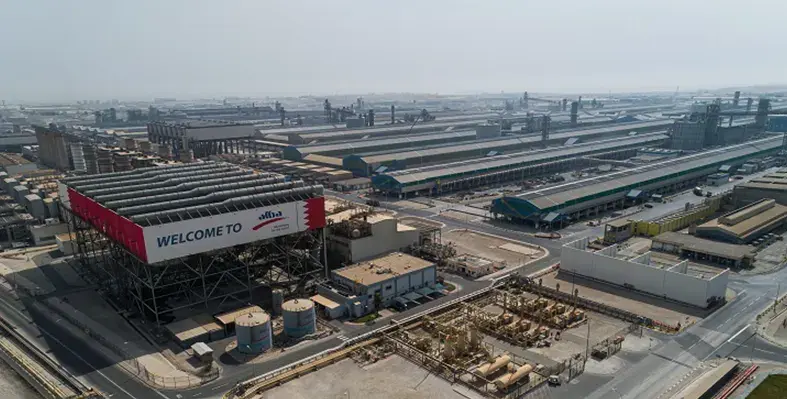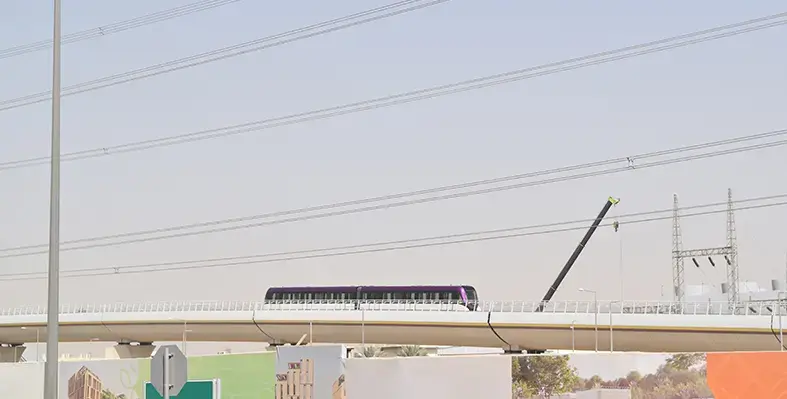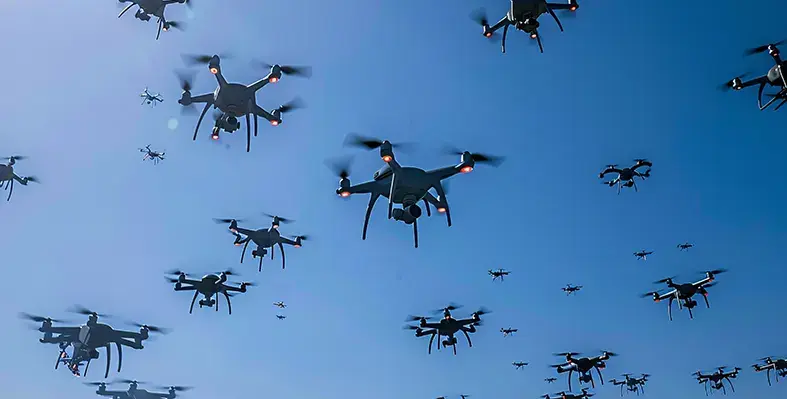A recent report from Britain’s Health and Safety Executive examines the growing role of artificial intelligence in regulated industries and its potential implications for workers.
Drawing on around 250 case studies of AI development and deployment, the report highlights four main areas where AI is being applied: maintenance systems, health and safety management, control of equipment and process plant, and occupational monitoring.
Examples in the report show AI being used for advanced inspections and failure monitoring, risk assessment and incident analysis, the operation of autonomous vehicles and robotic systems, and monitoring of workplaces and employees.
It also outlines a range of potential health and safety risks associated with AI, identified by survey respondents. These include overreliance on AI, which could reduce employee attention and undermine safety culture; deskilling of staff as AI takes over tasks; inaccurate safety assessments; systems failing to alert operators or producing false alarms; data privacy and security breaches; flawed or biased data affecting safety decisions; and complex AI-driven decisions that are difficult to interpret, making failures harder to prevent.
The report also recommends control measures and best practices to ensure AI systems are designed, deployed, and managed safely and securely. It includes guidance on processes, standards, and practices, as well as a sample three-year AI implementation plan and an overview of challenges organisations may face when integrating AI into safety-critical operations.
“AI is rapidly developing in capability and is a transformative technology,” HSE said when it announced the report’s release. “It can create and exacerbate health and safety risk but also has the potential to bring real benefits for health and safety.”








